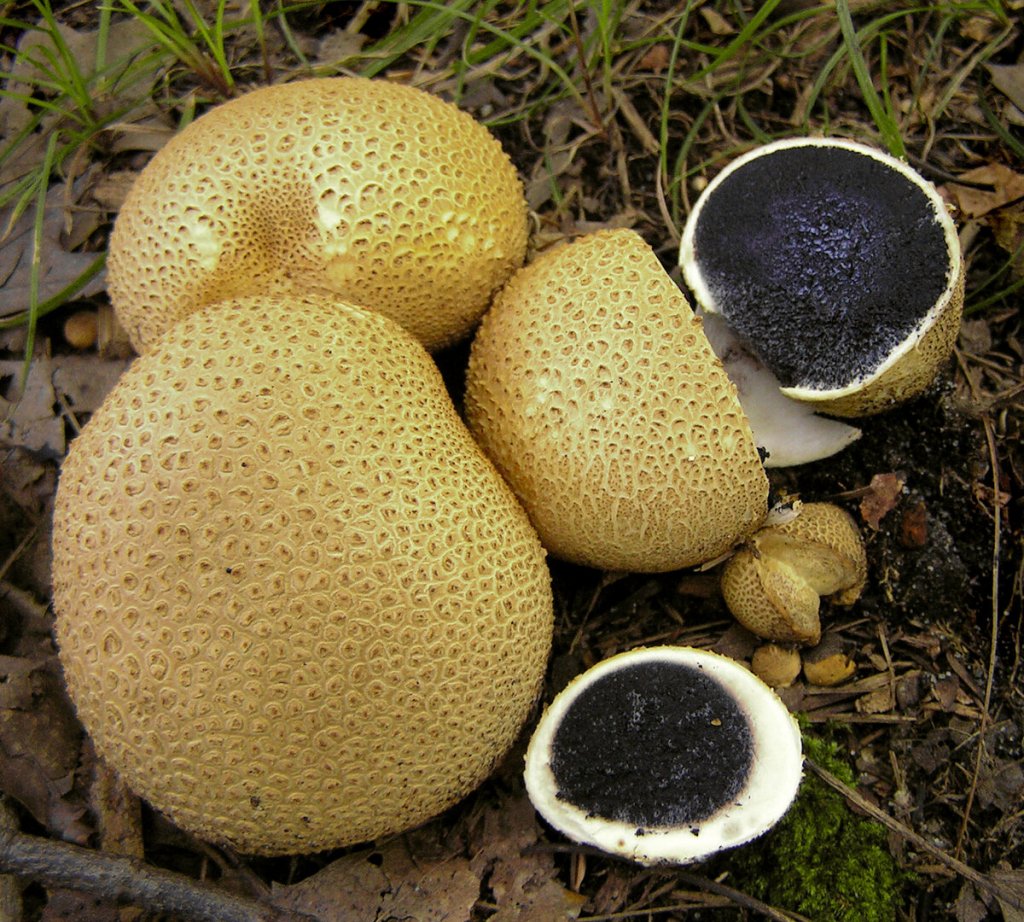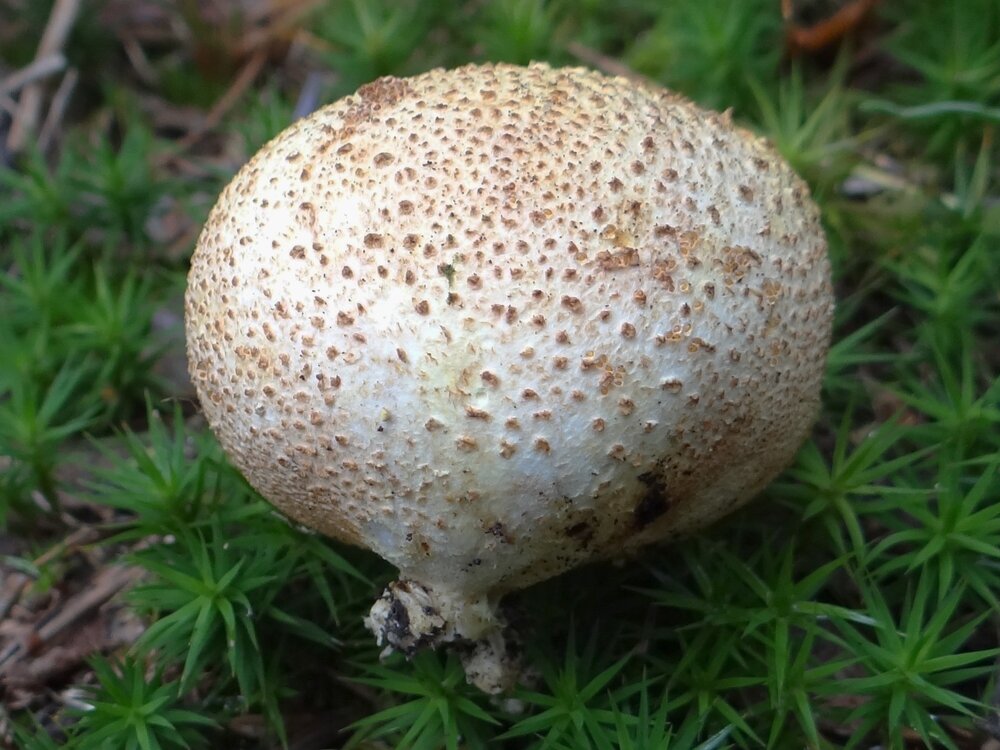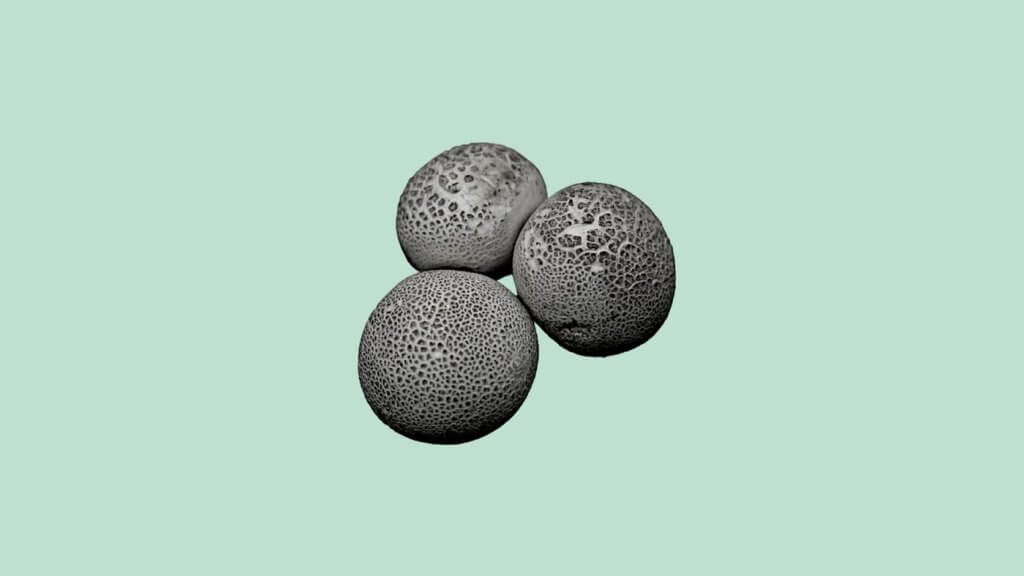Scleroderma Citrinum or common earthball is an inedible fungus. It lives throughout North America, Europe, Britain, and Ireland and is commonly found near hardwoods and conifers where it’s mycorrhizal. It usually grows alone or in groups depending upon conditions and nutrient sources.
Discovering the Scleroderma Citrinum
Scleroderma citrinum is a fungus often referred to as a common earthball. It was first identified and noted in scientific journals by Christian Hendrick Persoon in 1801.
Along its way to formal classification, Scleroderma citrinum earned two synonyms:
- Scleroderma vulgare
- Scleroderma aurantium
This potato-shaped mushroom is now classified in the following manner:
What Are You Foraging For Right Now?
We're thrilled to hear your ideas. What would you like to submit today? Feel free to share your thoughts and experiences with us.
- Phylum: Basidiomycota
- Class: Agaricomycetes
- Order: Boletales
- Family: Sclerodermataceaea member of the Boletales order and suborder Scleroderatineae
Within this order, Scleroderma citrinum is one of the most common and well-known species.
Generally referred to by its common names, pigskin poison puffball or common earthball, it can be found worldwide.
It is a mycorrhizal fungus generally covered in warts without a stipe (stem), hence the name ball.
The common earthball is the only mushroom parasitized by another mushroom species – Pseudoboletus parasiticus – characterized by spongy pores on the underside of the cap rather than gills.
This strange parasitic bolete is only found living in the common earthball and using it as a host.
Where does the Common Earthball grow?
This widespread fungus lives throughout North America, Europe, Britain, and Ireland.
It’s commonly found near hardwoods and conifers where it’s mycorrhizal. It usually grows alone or in groups depending upon conditions and nutrient sources.

Is common earthball edible?
The common earthball is a poisonous mushroom and NOT EDIBLE.
Because it resembles other edible species, it’s often mistakenly identified and consumed, and its toxicity is regularly responsible for reports of mushroom poisoning.
Consumption of the common earthball will result in gastrointestinal upset with symptoms like nausea and vomiting as the primary complaints.
It’s not known to be deadly, but ingestion does warrant a doctor’s visit to watch for complications or overdose.
Are there any edible lookalikes?
A few edible lookalikes are often confused with common earthballs, the most notable of which is the common puffball (Lycoperdon perlatum).
The edible puffball can be distinguished from the common earthball by the opening at the top and the internal flesh color.
A puffball will have a single opening at the top from which it will release its spore, while an earthball will not.
An earthball also has a darker gleba (interior flesh) than the puffball, whose flesh color is pure white when cut open.
It’s also possible for the common earthball to be confused with truffles in some instances, which likely contributes to poisonings by over-zealous and novice mushroom hunters.
What about poisonous lookalikes?
The common earthball can also be confused with the leopard earthball (Scleroderma areolatum), which will have a finer scaly appearance. Leopard earthball is also inedible.


What happens if you touch this fungus or inhale its spores?
The fruiting body of the earthball will eventually rupture, releasing its spore mass as a means of propagating. It can also be broken open, having a similar result.
When this happens, the spores can be inhaled and cause a reaction in some people, such as:
- Lacrimation (tearing or watering of the eyes)
- Rhinitis (irritation of the nasal tissue)
- Rhinorrhea (runny nose)
For some, lung irritation that causes coughing and difficulty breathing can also occur.
In addition, conjunctivitis (pink eye) can occur if the spores make eye contact.
How do you identify Scleroderma citrinum?
Although they resemble common puffballs superficially, there are some distinctive characteristics that aid in the identification of the common earthball.
Look for these identifying features:
- Rounded body with a tough, warty surface in a yellow-brown color
- Outer skin (peridium) will be thick and tough
- Mycelial strands connect the fruiting body to the ground beneath
- Spore mass that has a purple-black color at the center gradually and turns to a blackish or brownish color
Lorin is a writer, photographer and nature enthusiast in Sacramento, CA. In addition to gardening, she makes a regular practice of forging for edible plants and flowers. Nature nourishes if you know where to look.

